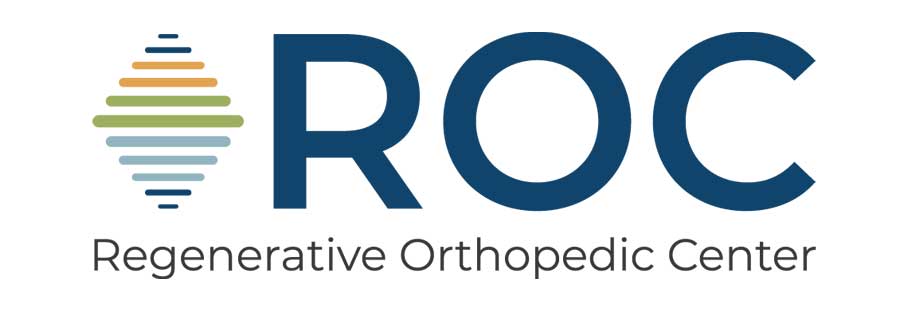Dr. J Samuel Cheesman, MD, a Hand and Orthopedic Surgeon at ROC, sheds light on the intricacies of becoming a hand surgeon, the spectrum of conditions addressed, and the diverse treatments available. This overview reveals the expertise and dedication behind effective hand and wrist care.
Q: How does one become a hand surgeon?
A: First, you must complete medical school and an orthopedic or plastic surgery residency. After completing this training, you are eligible to apply to a hand surgery fellowship where you train specifically in diseases of the hand and wrist. All in all, the training takes ten years after graduating college.
Q: What does a hand surgeon do?
A: Hand surgeons diagnose and treats all conditions of the hand and wrist. While we do learn to treat common conditions in our residency training, complex hand surgery requires an extra year of training to learn the intricacies of these disease processes. This includes conditions involving bone, ligament, tendon, nerve, vessels, skin, and nails. These include chronic diseases such as osteoarthritis, carpal tunnel syndrome, and Dupuytren’s contracture, as well as acute disease processes such as fractures, tendon/nerve laceration, and ligament ruptures.
Q: When should I see a hand surgeon?
A: My perception is that patients are occasionally concerned that they are wasting my time if they present with a problem that doesn’t require surgery (I am a hand surgeon, after all). I can say confidently that is not how I see it! Since we don’t walk on our hands, pain can often persist for extended periods and be less disruptive than similar conditions in the lower extremities. Hand conditions often present as pain or numbness that is intermittent but doesn’t prevent an individual from performing their daily activities. If you are concerned, I want to see you!
Q: I have a good relationship with my primary care provider (PCP). Can I see them for hand complaints instead?
While you are always welcome to schedule into our clinic, there are situations where scheduling with a PCP instead can make a lot of sense. For most chronic conditions (>3 months), it is reasonable to discuss the issue with your PCP, especially if you have a pre-existing appointment. Hand ailments are common, and PCPs see them frequently. Often, they can make an initial diagnosis and provide early treatment (bracing, injection) before a referral. However, it is always a right answer to schedule directly into our clinic. For fractures, dislocations, lacerations, and other trauma, I would recommend scheduling urgently into our clinic because a timelier evaluation can change our treatment options and facilitate a faster, more complete recovery.
Q: What nonoperative treatments are available for patients with hand problems?
A: Nonoperative treatment is the first step of most chronic hand diagnoses. We have many treatments available. These include bracing, medications, injections, and hand therapy. Only after these methods have failed do we typically consider surgery.
Q: What operative treatments are available for those with hand problems?
A: Operative treatments are varied based on the diagnosis. These include the release of ligaments and pulleys that cause compression on nerves and tendons. Excision of cysts. Fracture surgery involves using pins, screws, and/or plates to ‘anatomically reduce’ bone fragments (much like putting together a 3D puzzle). We can perform wrist arthroscopy, putting a small camera in the wrist joint to look for cartilage and ligament damage. We can perform surgery on arthritis by either removing the arthritic bone, performing a replacement, or fusing a joint, depending on which joint it is. This list is far from comprehensive, but hopefully, it gives you an idea of the various treatments available.
Dr. J Samuel Cheesman, MD, Hand and Orthopedic Surgeon, is accepting new patients for comprehensive hand and wrist care at ROC. Request Appointment
